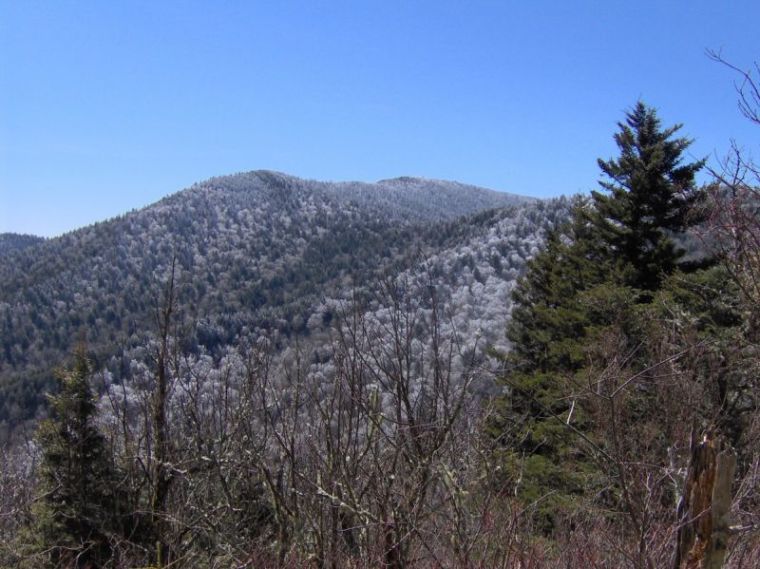How is the presence of geology and geophysics software programs changing the way the world looks?

* Partner Post
Geology requires a subtle blend of observation, data collection, and imagination. While it is science, it is impossible to imagine the spatial orientation, layering, interaction and natural processes that take place on the land and inside the inner layers of the terrain without a robust visualization technology. The ultimate purpose of any geology software is ensuring the correct rendering of the data you have collected after days, and possibly, weeks of toiling on the fields. The presence of a data integration system like GIS can help correlate your dataset with existing information about the area to create a complete image. You can think of these modern geology-geophysics software programs as the instruments that supplement your imagination when the time comes to render the maps of terrains from collected data.
Who uses these highly accurate and user-friendly software tools?
Apart from geologists, geophysicists, engineers, environmentalists, members of the city council and other decision-making bodies, and architects have been relying on reliable, high throughput tools. These have the power to render 3-dimensional images necessary for boring, construction of roads, construction of load-bearing structures in the city, exploration of groundwater reserve under the urban residences, excavation of mineral resources under the land or merely mapping the rainfall density across the terrain during different seasons. Structural analysis, interpretation, and construction of stratigraphic models are features of a standard expert-recommended model.
The most recent developments in the fields of geology software development ensure better estimation model creation for petrophysical features of the terrain. That aids optimal extraction methods based on the distribution of these properties. The new 3D color rendering software tools help with resampling seismic attributes of the land by extracting the geobodies into grids. They are instrumental in calculating the volumes of reserves and reservoirs on ground and underground, based on 3-dimensional networks and 2-dimensional surfaces.
What are the uses of a high-end 3D image rendering software?
Apart from the more generic 3-dimensional structural modeling software and plug-ins, there is dedicated software that serves niche industries and research purposes. For example – telecommunication companies require ocean bed reconstruction models during the trans-Atlantic fiber optic cable repairs. Alternatively, you may have heard about the petroleum conservation and extraction projects that are about to begin in the North Slope of Central Alaska. Irrespective of the uniqueness of a singular project, the researchers and engineers can customize the measurement units and parameters of the software tools as per their immediate requirement.
What can you expect from a geology and geophysics software?
Modern geological and geophysics software programs are cost-effective too. Many of them have free trial versions that are ideal for school projects and presentation purposes. Industries opt for the unlimited versions with complete technical support and automated updates to keep their project development process smooth. Quite like GIS, many of these programs run on regular computers, they are compatible with other data collection hardware and software, and they are friendly towards modern output devices including VR and AR wearable.
 Christians don't have to affirm transgenderism, but they can’t express that view at work: tribunal
Christians don't have to affirm transgenderism, but they can’t express that view at work: tribunal Archaeology discovery: Medieval Christian prayer beads found on Holy Island
Archaeology discovery: Medieval Christian prayer beads found on Holy Island Presbyterian Church in America votes to leave National Association of Evangelicals
Presbyterian Church in America votes to leave National Association of Evangelicals Over 50 killed in 'vile and satanic' attack at Nigerian church on Pentecost Sunday
Over 50 killed in 'vile and satanic' attack at Nigerian church on Pentecost Sunday Ukrainian Orthodox Church severs ties with Moscow over Patriarch Kirill's support for Putin's war
Ukrainian Orthodox Church severs ties with Moscow over Patriarch Kirill's support for Putin's war Islamic State kills 20 Nigerian Christians as revenge for US airstrike
Islamic State kills 20 Nigerian Christians as revenge for US airstrike Man who served 33 years in prison for murder leads inmates to Christ
Man who served 33 years in prison for murder leads inmates to Christ


 Nigerian student beaten to death, body burned over ‘blasphemous’ WhatsApp message
Nigerian student beaten to death, body burned over ‘blasphemous’ WhatsApp message 'A new low': World reacts after Hong Kong arrests 90-year-old Cardinal Joseph Zen
'A new low': World reacts after Hong Kong arrests 90-year-old Cardinal Joseph Zen Iran sentences Christian man to 10 years in prison for hosting house church worship gathering
Iran sentences Christian man to 10 years in prison for hosting house church worship gathering French Guyana: Pastor shot dead, church set on fire after meeting delegation of Evangelicals
French Guyana: Pastor shot dead, church set on fire after meeting delegation of Evangelicals ‘Talking Jesus’ report finds only 6% of UK adults identify as practicing Christians
‘Talking Jesus’ report finds only 6% of UK adults identify as practicing Christians Mission Eurasia ministry center blown up in Ukraine, hundreds of Bibles destroyed: 'God will provide'
Mission Eurasia ministry center blown up in Ukraine, hundreds of Bibles destroyed: 'God will provide' Church holds service for first time after ISIS desecrated it 8 years ago
Church holds service for first time after ISIS desecrated it 8 years ago Burger King apologizes for 'offensive campaign' using Jesus' words at the Last Supper
Burger King apologizes for 'offensive campaign' using Jesus' words at the Last Supper Uganda: Muslims abduct teacher, burn him inside mosque for praying in Christ’s name
Uganda: Muslims abduct teacher, burn him inside mosque for praying in Christ’s name